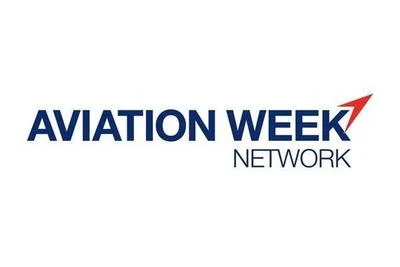Delta Air Lines is taking significant steps toward reducing its carbon emissions as part of its long-term strategy to achieve net-zero emissions by 2050. One of its key initiatives involves implementing a new landing approach at Hilo Airport in Hawaii to conserve jet fuel. This approach was developed through collaboration between Delta’s Flight Operations (Flight Ops), the Operations Control Center (OCC), and the cross-functional Carbon Council.
Hilo Airport, located on the easternmost runway in Hawaii, offers specific challenges and opportunities for jet fuel savings. The OCC identified a potential to optimize the flight route and landing approach, primarily benefiting flights across the Pacific that use the island as a diversion point. The new landing procedure is unique to Delta and is part of the airline's broader effort to control fuel consumption and emissions.
Delta operates over 4,000 flights daily, each presenting potential for fuel conservation. The airline emphasizes that even saving a single gallon of jet fuel per flight can result in substantial savings in terms of both finances and carbon emissions.
 Alerts Sign-up
Alerts Sign-up




































